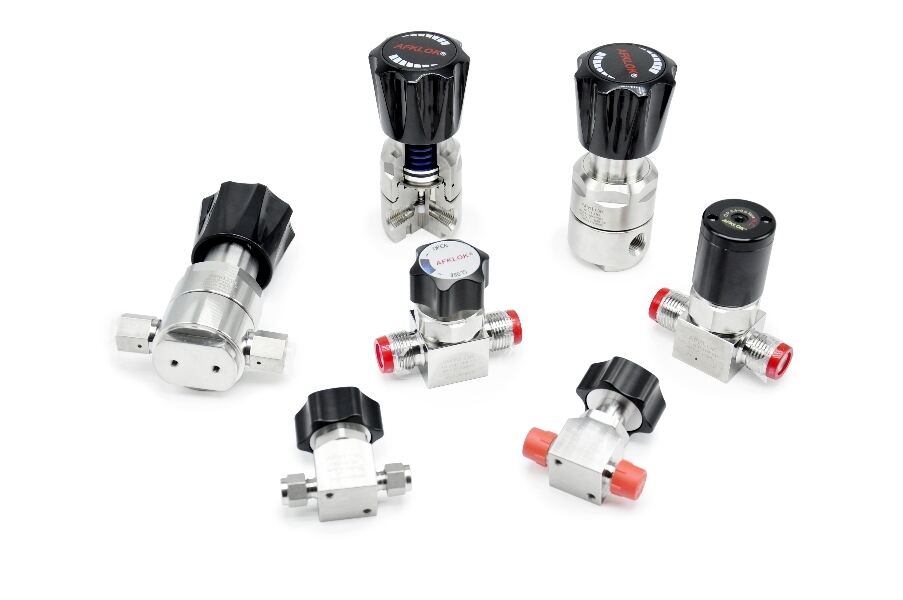Ultrahigh-Purity Gas Pressure Regulators

Difference between high and low flow rates of high purity gas regulators:
High flow regulators are typically designed to handle higher gas flow rates, usually in liters per minute (L/min) or cubic meters per hour (m³/h). In contrast, low flow regulators are suitable for lower gas flow ranges, usually in milliliters per minute (mL/min) or liters per hour (L/h).
Design of pressure regulator valves for ultra-high purity gases:
Valve Design: High flow regulators typically use larger valves and passages in order to handle larger gas flows. These valves may require larger pistons, diaphragms, or other fluid control elements to achieve precise regulation of flow. Low flow regulators, on the other hand, use smaller valves and passages to accommodate lower flow requirements.
Pressure range of ultra-high purity gas pressure regulators:
High flow regulators typically have a wider pressure range and can handle higher input pressures and step down to lower output pressures. Low flow regulators may have a relatively narrow pressure range for lower input pressures and achieve a smaller output pressure range.
External Dimensions of Ultrahigh-Purity Gas Pressure Regulators:
Because high flow regulators are required to handle larger gas flows, they typically have larger external dimensions and heavier weights to accommodate greater fluid dynamics. In contrast, small flow regulators can be more compact and lightweight for space-constrained or mobile applications.
Areas of application for ultra-high-purity gas pressure regulators:
High flow regulators are commonly used in applications that require a high flow rate of gas supply, such as industrial process control and large laboratory equipment. Low flow regulators are used in applications requiring lower flow rates and more precise control, such as laboratory analyzers, scientific research, etc.
Principle of Operation of Ultrahigh-Purity Gas Pressure Regulators:
High purity gas pressure reducers typically utilize an adjustable valve and a pressure sensor. When high pressure gas enters the pressure reducer, the valve automatically adjusts the switch to reduce the pressure to the desired output pressure based on the set pressure value.
Overall, high purity gas pressure reducers are widely used in semiconductor manufacturing, optoelectronics, photovoltaic industry, nanotechnology, laboratory research, and other areas where high purity gases are required. They are used to control gas pressure and flow to meet specific process and experimental requirements.
 EN
EN
 AR
AR
 HR
HR
 CS
CS
 NL
NL
 FR
FR
 DE
DE
 IT
IT
 JA
JA
 KO
KO
 NO
NO
 PL
PL
 PT
PT
 RO
RO
 RU
RU
 ES
ES
 SV
SV
 TL
TL
 ID
ID
 VI
VI
 MT
MT
 TH
TH
 TR
TR
 AF
AF
 MS
MS
 AZ
AZ

